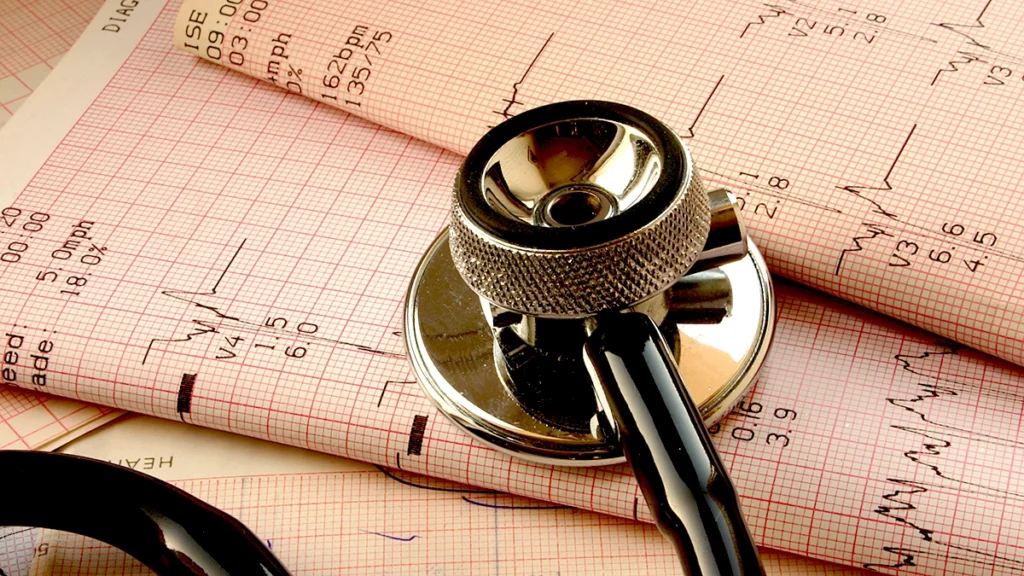Are you looking to learn more about heart rhythm disorders? Here’s an introductory guide to what they are, how they’re treated, and tips for heart health.
Introduction to Heart Rhythm Disorders
Heart rhythm disorders, medically known as arrhythmias, occur when the electrical impulses that coordinate your heartbeats don’t function properly. This can cause the heart to beat too fast, too slow, or irregularly. Understanding the basics of these conditions and how your heart’s electrical system works can provide invaluable insights into maintaining heart health and recognizing when to seek medical advice.
Heart Anatomy 101
Before diving into the heart’s electrical system, it’s essential to grasp the basic anatomy of the heart. The heart is divided into four chambers: the right and left atria (upper chambers) and the right and left ventricles (lower chambers). Blood flows through these chambers in a precise sequence, coordinated by the heart’s electrical signals, to ensure efficient circulation throughout the body.
The Heart’s Conduction System: A Natural Pacemaker
At the core of your heart’s ability to function correctly is its conduction system, responsible for setting the rhythm of your heartbeat. This system consists of the sinoatrial (SA) node, atrioventricular (AV) node, and the His-Purkinje network. The SA node, located in the right atrium, acts as the heart’s natural pacemaker, generating electrical impulses that initiate each heartbeat.
These impulses travel from the SA node to the AV node, passing through the bundle of His and into the Purkinje fibers that blanket the heart’s ventricles. This sequential contraction of the atria and ventricles, producing a coordinated and effective heartbeat that pumps blood throughout the body.
Types of Arrhythmias
Arrhythmias can vary widely in their severity and in the symptoms they cause. Some common types include:
- Atrial Fibrillation (AFib): Characterized by rapid and irregular beating of the atrial chambers, AFib is one of the most common forms of arrhythmia and can increase the risk of stroke and heart failure.
- Sinus Bradycardia: Occurring when the SA node fires slower than normal, symptomatic bradycardia can lead to fatigue, dizziness, and fainting spells.
- Sinus Tachycardia: Opposite to bradycardia, tachycardia is when the SA node fires too quickly, which can interfere with normal heart function and blood flow.
- Ventricular Fibrillation (VFib): This life-threatening condition involves rapid, erratic heartbeats that can result in a sudden cardiac arrest if not treated immediately.
- Premature Ventricular Contractions (PVCs): PVCs are abnormal heartbeats that begin in the ventricles and disrupt the heart’s normal rhythm, often felt as a skipped beat.
- Asystole: Also known as a “pause,” this absence of electrical activity in the heart can range from transient and asymptomatic if brief to severe and life-threatening.
Causes and Risk Factors
Arrhythmias can be caused by various factors, including heart disease, high blood pressure, diabetes, smoking, excessive alcohol or caffeine consumption, and stress. Some arrhythmias are also inherited or come with a genetic predisposition.
Diagnosis and Treatment
If you’re experiencing symptoms of an arrhythmia, such as palpitations, shortness of breath, chest pain, or fainting, it’s crucial to consult with a healthcare professional. Diagnosing arrhythmias typically involves reviewing your medical history, a physical examination, and tests like an electrocardiogram (ECG), which monitors the electrical activity of your heart.
Treatment for arrhythmias depends on the type and severity of the condition. Options range from lifestyle changes, like diet and exercise modifications, to medications, catheter ablation procedures, or the implantation of a device such as a pacemaker or an implantable cardioverter-defibrillator (ICD).
Living with a Heart Rhythm Disorder
Managing an arrhythmia involves regular monitoring by a healthcare provider, adhering to treatment plans, and making healthy lifestyle choices. With the right care, most people with heart rhythm disorders can lead active, normal lives. By staying informed and proactive about your heart health, you can navigate the complexities of arrhythmias with confidence and clarity.
If you’re looking to understand more about heart rhythm disorders or get started on your heart-healthy journey, book your initial consultation with Dr. Adam Budzikowski, whose expertise can guide you through the intricacies of arrhythmia management and treatment.
CRR
